Nautical fashion: The romance of the sea
Nautical fashion has long captivated the world, bringing a lot of positive vibes: memories of ocean voyages, maritime adventures, and the romance of the sea. With all the water that surrounds us in our archipelago, we became natural seafarers—probably as early as 40,000 years ago—based on archaeological evidence of tools and deep-sea fish specimens in excavation sites in Mindoro.
These findings suggest that early Filipinos had the knowledge and technology to fish in deep waters, requiring specialized boats, fishing gear, and an understanding of fish migration patterns.
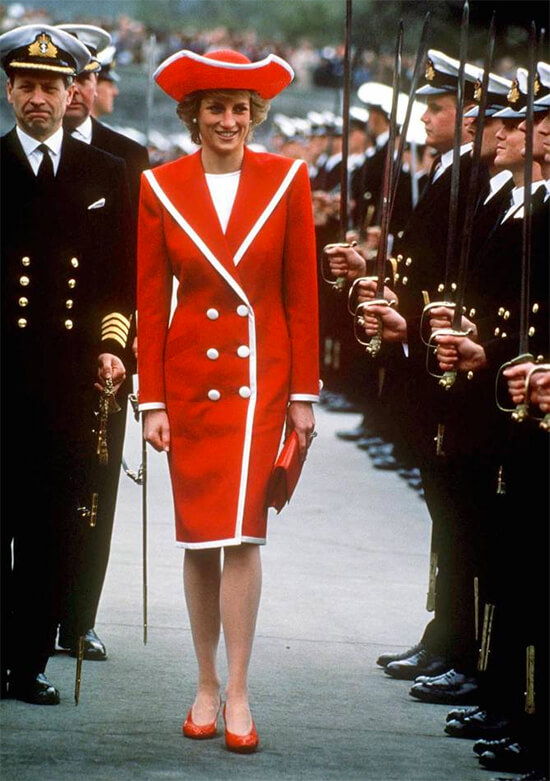
Our maritime technology then predates by thousands of years civilizations like the Austronesians or Polynesians who have been credited with early long-distance ocean travel.
For centuries, Filipinos engaged in active trade with neighboring countries, exploring and navigating the surrounding seas and were trusted sailors for expeditions and battles during the Spanish colonial period when they also comprised a significant portion of the crew for the galleon trade that operated between Manila and Acapulco.
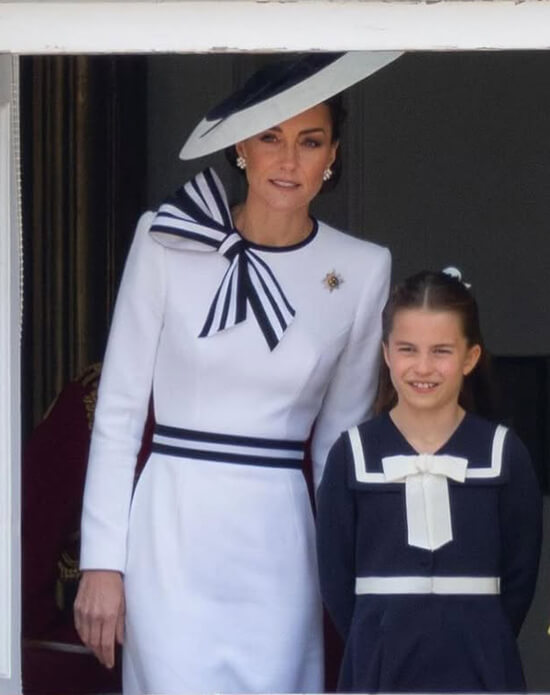
Filipinos also worked on various vessels, including American and Canadian trading, and surveying missions as well as ocean liners. The Philippines is now considered the “manning capital of the world,” supplying a substantial portion of the world’s seamen.
With many Filipino seafarers all over the world, we were already familiar with nautical fashion which became a craze in the 19th century when Queen Victoria commissioned a child’s sailor uniform for her four-year-old son, Albert Edward or Bertie, the future King Edward VII, in 1846.
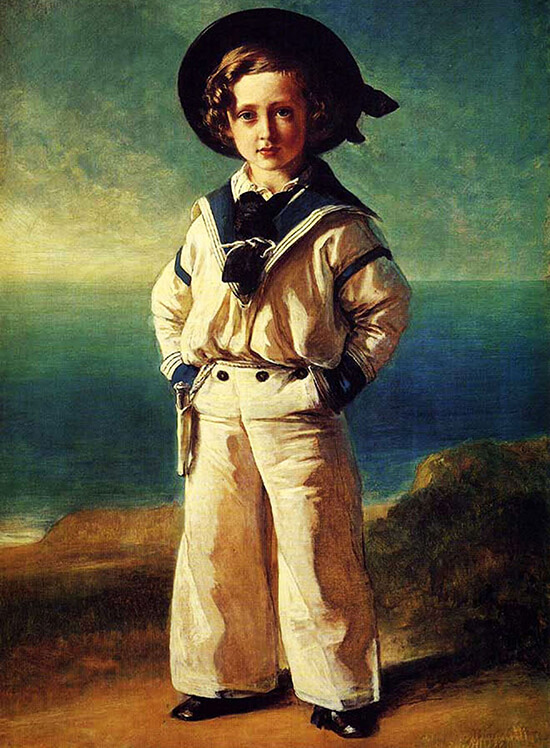
“When he appeared, the officers and sailors, who were all assembled on deck to see him, cheered and seemed delighted,” she wrote on a trip aboard the Royal Yacht. It was a perfect replica of the era’s naval uniform, which was immortalized with a painting by leading portrait painter Franz Winterhalter.
The portrait was on view for the public at St. James Palace where more than 100,000 people came to see it. Later circulated in miniature on enamel, photographs and printed images, the sailor suit went “viral,” igniting a frenzy that had parents dressing their children in similar looks that soon had versions for adults.
The outfit was not just a fashion statement but a show of support for the naval community, evoking a sense of national pride and solidarity during wartime, particularly during the First and Second World Wars.

In Russia, Empress Alexandra dressed her young son Tsarevich Alexei in the style for a photograph in 1913. In Japan, where rapid modernization sought to leave the Meiji period behind, children were dressed in the garment and schools were inspired by them in designing uniforms. Male students already wore pieces that took off from Japanese naval attire in 1879. Females, who were wearing traditional hakama clothing, switched to the naval style, known as seifuku, around the 1920s.
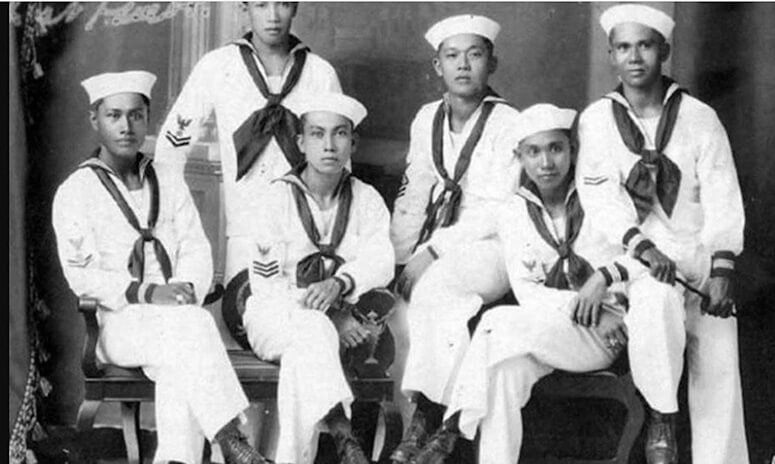
Photographs from the early 1900s show Filipino children dressed in the style which we adopted from the US where Filipino sailors served in the US Navy from 1901 when President McKinley signed an order allowing their recruitment. More would enlist for the two world wars. The nautical style would find adaptations in Philippine school uniforms just like in Japan.
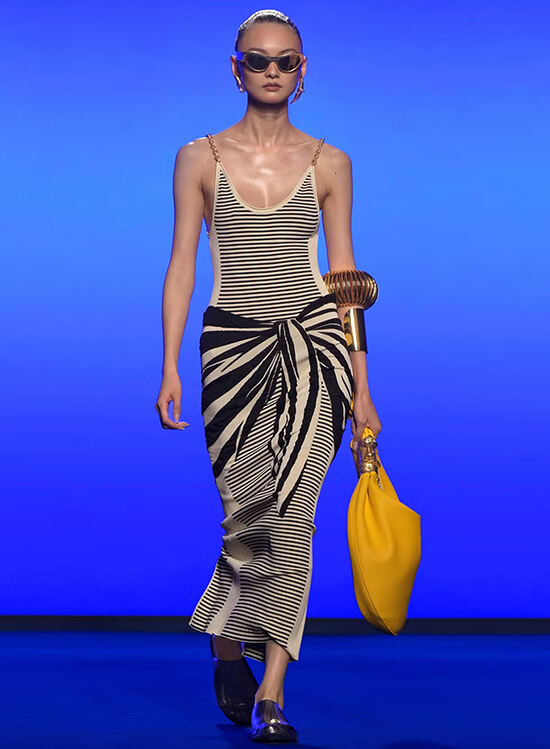
Another nautical style that made an impact internationally was the French navy’s uniform—the striped tricot rayé, also known as mariniere or Breton top, which, by naval decree, had to have 21 white stripes and 20 to 21 indigo blue stripes, according to French brand Saint James which has been making them since 1889. The number of stripes is said to correspond to the 21 Napoleonic victories, aside from being instantly visible should someone fall overboard. Aside from naval officers, fishermen adopted the Breton top, making it popular among French Riviera holidaymakers when they sailed in that region.
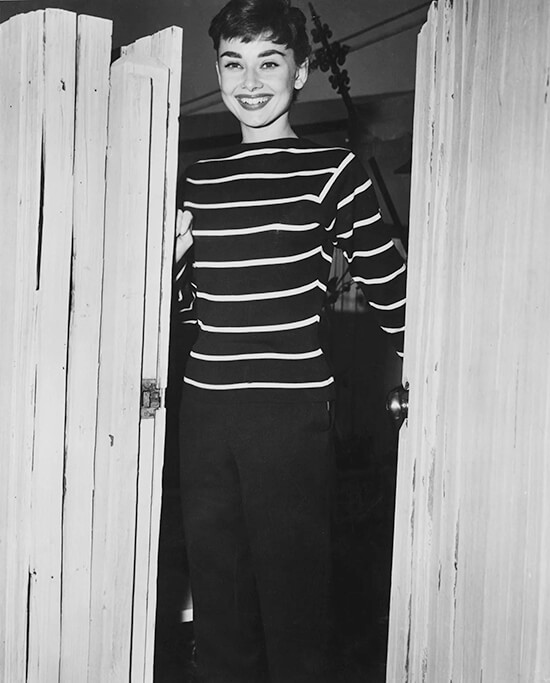
It brought romance to the style which became associated with the bohemian life by the sea. Influential US expats Gerald and Sara Murphy also made it famous, buying some for their friends like F. Scott and Zelda Fitzgerald and Ernest Hemingway when they visited Cole Porter in 1922.
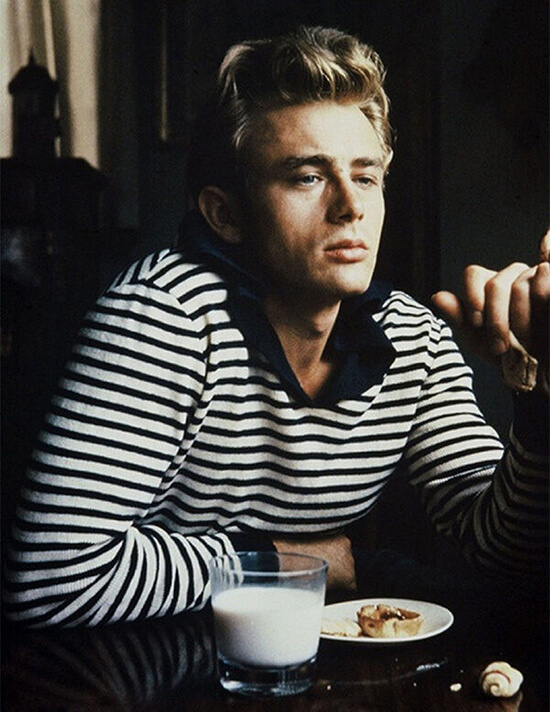
Coco Chanel made the style chic in the 1930s and stars like Audrey Hepburn and James Dean later adopted the Breton to give it a whiff of Hollywood glamour.
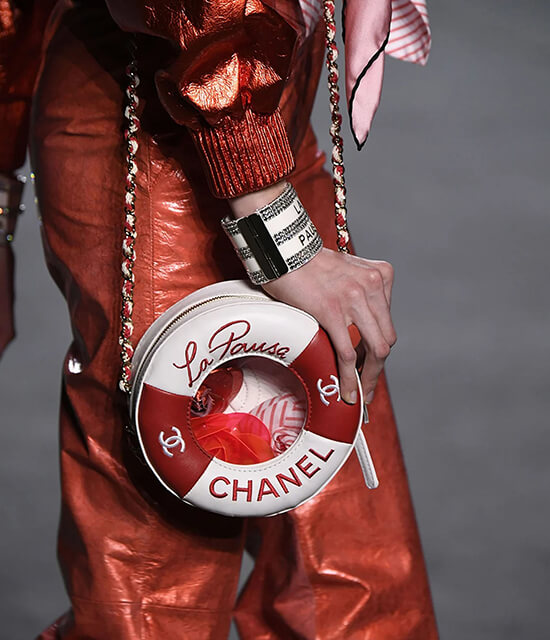
By 1966, Yves Saint Laurent made it a floor-length evening gown, transforming the stripes into dazzling sequins.
Jean-Paul Gaultier, who wore it in his youth, would constantly revisit the look, from his 1984 Toy Boy collection which had a backless iteration to the 1996 Pin Up Boys and the 2020 Haute Couture Show with Gigi Hadid in a sailor cap and pleated version of the Breton.
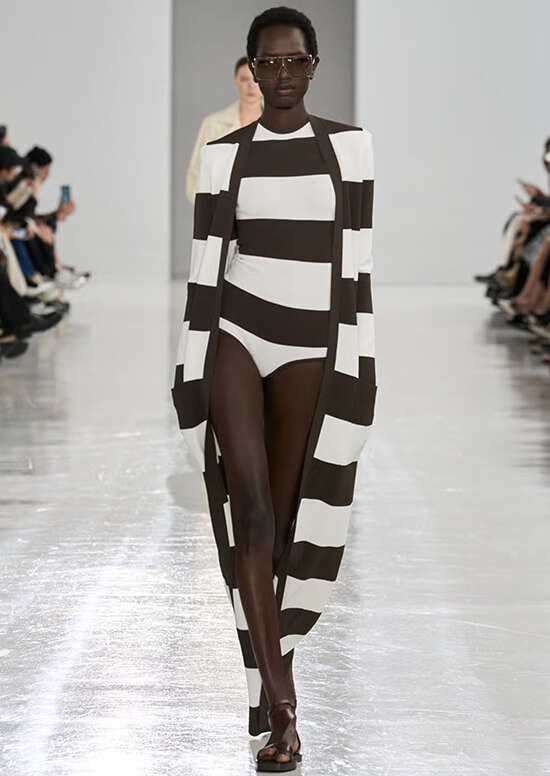
Another take on the nautical is the pirate look which punk pioneer Vivienne Westwood referenced together with naval styling from the 17th to the 19th century in her 1981 spring runway, while John Galliano’s 2005 menswear revisited the golden age of piracy.
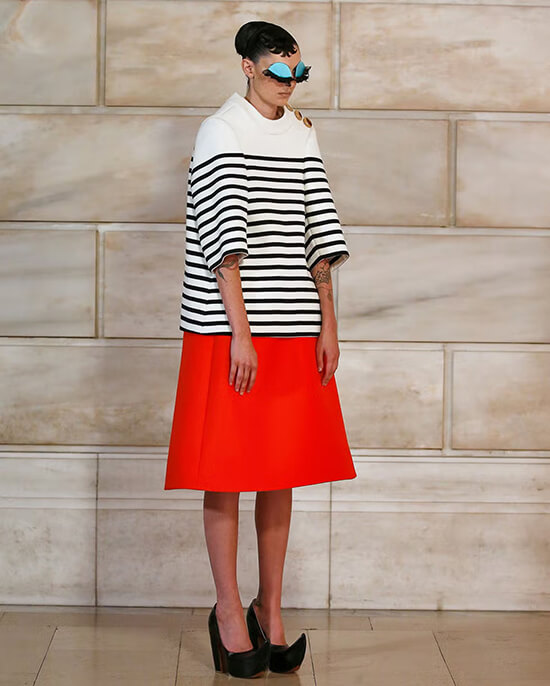
Glam rock versions that started in the 1970s were made with luxurious fabrics like velvet and fur, reaching their peak as David Bowie wore them with makeup to create an androgynous look.
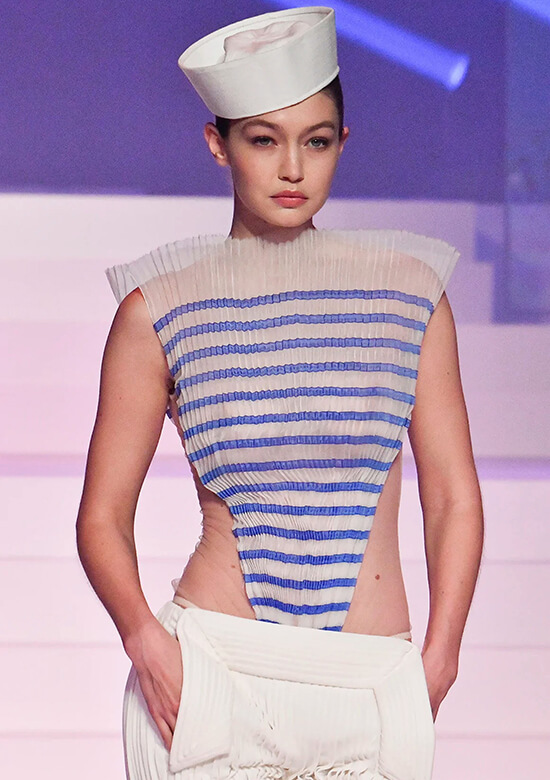
In recent years, the vintage charm of nautical fashion has been reimagined by brands like Zimmerman and Ghost through modernized sailor collars and silhouettes which also figured in the cottagecore trend.
The 2025 spring collections have seen the stripes going abstract, incorporating untraditional angles and colors for a fresh take.
Nautical is no doubt a classic reference that will endure, appearing on the catwalks and our wardrobes season after season.


